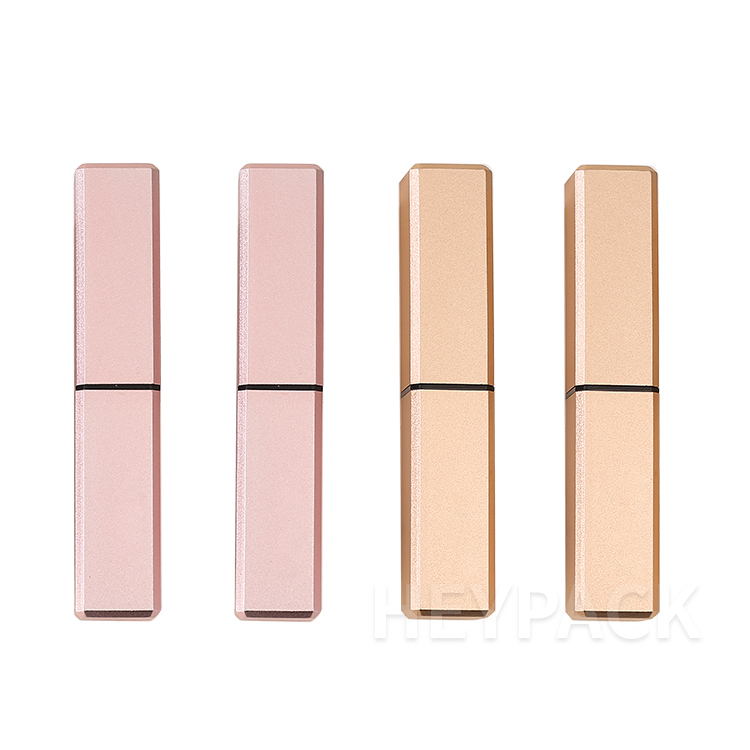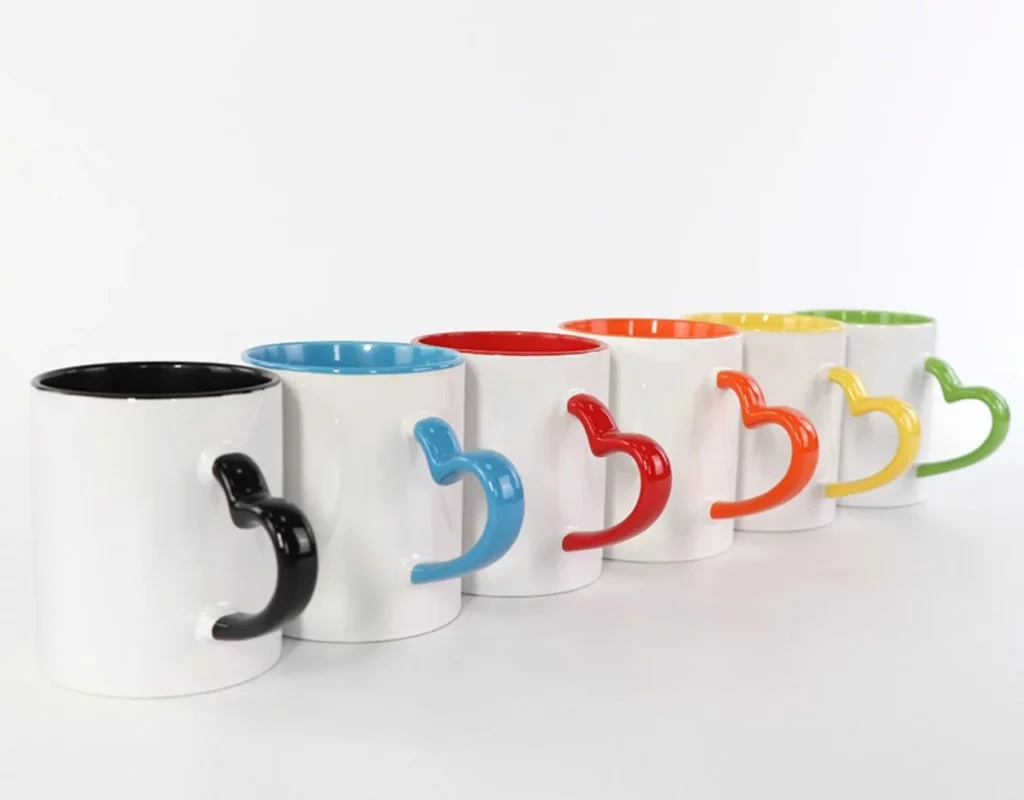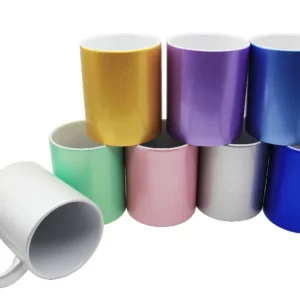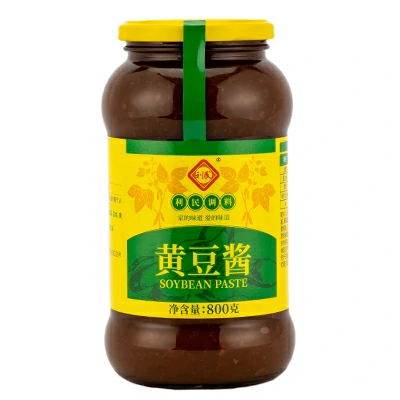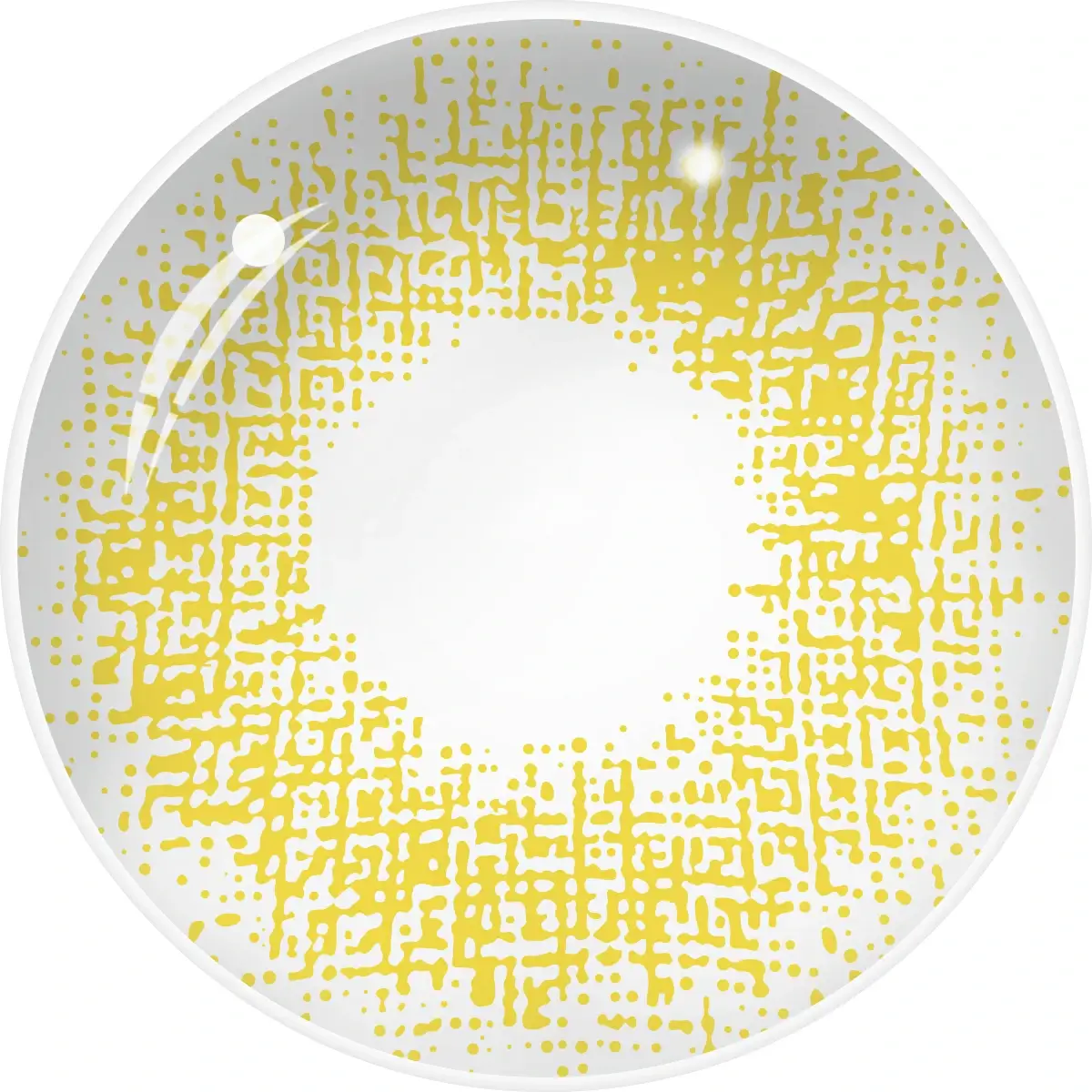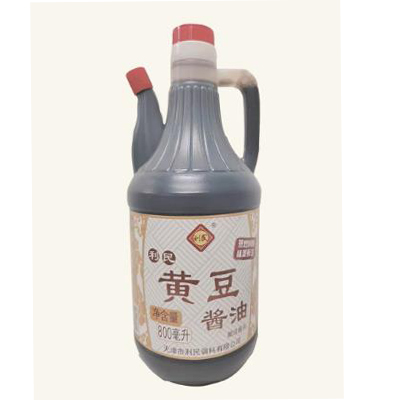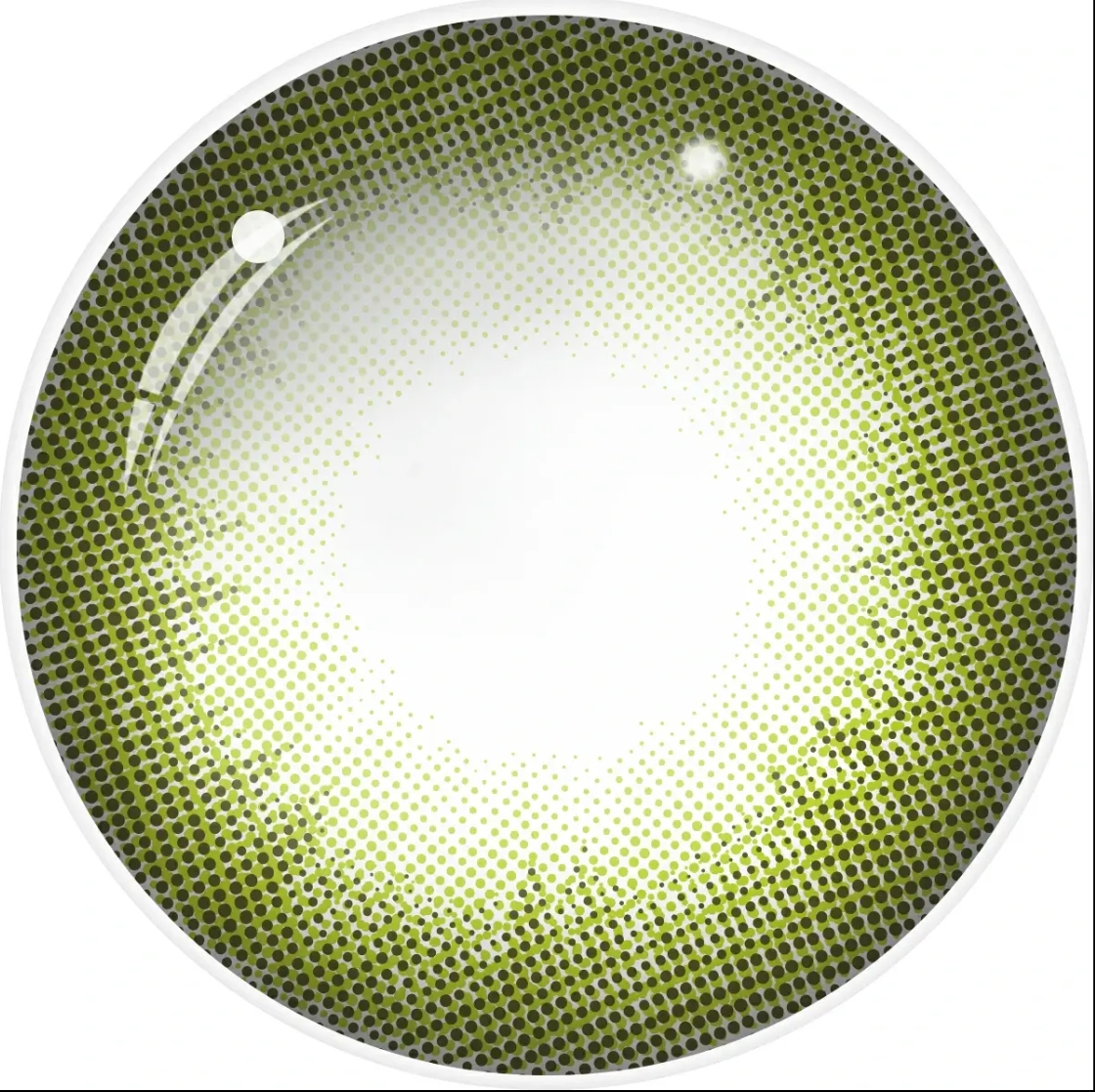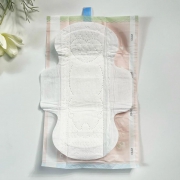Do High School Students Take Their Backpacks to Lunch?
As the school year unfolds, a common question arises among students and parents alike: Do high school students take their backpacks to lunch? This seemingly simple query taps into broader concerns about convenience, organization, and the overall student experience. Knowing the reasons behind the high school practice helps them make informed decisions when choosing the best backpacks for school.
The Convenience Factor
The busy lifestyles of high school learners are the main reasons why they carry backpacks for ease of access. Carelessness is one of those elements whose decision is for the student to carry along. Here are the mentioned reasons.

1. Easy Access to Supplies
Students very frequently have to grab their things quickly when having lunch. Be it a book for a subsequent review, a notebook to jot down some ideas, or if it is a computer for group assignments, using their student bag gives them the chance of moving from one class to lunch very efficiently. Our large student backpack comes with well-organized compartments where they can place their laptop in a separate pocket and then have more space to put a bottle of water. Thus making it easy for kids to locate things fast and at the same time be ready to grab them.
2. Organization and Efficiency
The efficiency of one’s skills can be greatly improved by a well-organized bag. Students can decide where to put their lunch, textbooks, and other personal belongings. This can prevent any mess from coming along with the chaos that happens when noticing how disorganized it is. Our school bags include some compartments for the student, and the design is very effective. This not only makes it easy for the students to locate the thing they want but also saves their time from ransacking the whole bag.
3. Safety and Security
Another fantastic aspect of carrying a bag is that it is also a great safety booster. At present, students tend to have a lot of important things with them, for instance, laptops, mobile phones, and so on, that they would like to be safe from stealing. Most of our backpacks definitely provide safety against theft. Students can sit down and enjoy their meal without being the least bit apprehensive about their belongings, knowing that their stuff is safely secured in their student backpacks.
Comfort is Key
Also, comfort is seen as an issue of great importance for students who want to take their lunch along with them. The fact that high school students often have to carry heavy burdens, such as textbooks, educational materials, and sometimes sports wear, becomes another vital point. The Large Capacity Student Backpack we offer to students solves the issue of comfort in the following ways:
1. Ergonomic Design
The backpacks that we have come with cushiony straps and vented back panels that make it easier for students to carry their bags for a whole day. This ergonomic design helps establish weight in the right manner, thus, it also prevents shoulders and backs from getting tired from lifting heavy weights. Moreover, students can relax and have their meals in peace, and do not keep worrying about their health problems affected by unbearable feelings.
2. Lightweight Materials
The use of lightweight materials is also a crucial determining factor for students who have to carry various items on a routine basis. The majority of our school backpacks are manufactured from strong, durable yet light nylon, meaning that pupils can effortlessly carry their gear without the need to huff and puff.
Trends in High School Backpacks
High school backpacks designs go hand in hand with fashion trends. Students of today are to bags that not only carry their school supplies but also are a reflection of their personal touch. The following are the most liked:

1. Stylish Designs
Everyone wants to look both stylish and comfortable. Customers prefer backpacks that stand out in their functionality and, at the same time, are trendy in the shop. Ours are in different colors and ranges of cute bags, which will serve the different preferences of the students. At our store, one can get bags that are black, shiny, or dull and those with bright patterns, for example, animals like the lovely capybara.
2. Versatile Use
Multifunctional backpacks save a lot of students’ time in a day, thus nothing seems more appealing to them. Large Capacity Student Backpacks are a perfect example of a bag that is suitable for various events; make it the right choice for lunches, after-school activities, and weekend-long walks.
3. Customization Options
Personalization is the practice that is growing the sweetest roots among students. Many people are therefore interested in a backpack that will reflect personal style, accessorized with customized decorations such as patches or key chains. Brands can print their logos and other designs on the backpacks, thus they will fit the image of the school or any other institution, as well as inculcating the team spirit among the members.
Practical Tips for Students
While using a backpack for carrying your lunch is convenient, students are still advised to be practical about it. The following tips are to guide students in using their backpacks during lunchtime in the best possible way:
1. Pack Smart
One of the first and most practical tips for students is to pack only the necessary items into the backpack. It’s always better to keep only the essential stuff and the lunch items, which would lead to the backpack being lighter and hence manageable during the lunch break.
2. Plan Ahead
Planning in advance can be instrumental for students to determine if they should take their backpacks to lunch. If they are to have a tight schedule with classes and different kinds of activities, taking everything with them could be the right decision. On the contrary, if they have free time, it will be very comfortable for them to go to the locker and leave the backpack there.
3. Be Mindful of Space
One of the issues that students may come across in schools is that the places where they have their meals become overcrowded, because of which it rather inconvenient to have a full, heavy backpack. It is suggested that the students take care of themselves and at the same time choose the right backpack size that is suitable to be placed in the lunchroom without causing any trouble.
Conclusion
In conclusion, high school students usually carry their backpacks when visiting the cafeteria to have their meals for several reasons, among which the most important ones are convenience, organization, and safety. A better quality student backpack will assist students in having not only a better but also a more enjoyable school experience since it will allow them to have easy access to materials and be comfortable all day long.
We recommend our Large Student Backpack for both parents and children who seek convenient, functional, and free-of-pressure alternatives. Talk to us now to have the chance to get more information about our backpack collection and thus be able to get the one that is most suitable for you!

